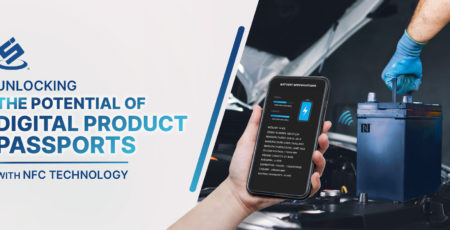Passive Keyless Entry (PKE): Hands-Free Car Access System
From our previous blog, we have presented the Remote Keyless Entry (RKE) which is one of the keyless entry systems. The keyless entry systems are used to remotely lock, unlock, and also start your car’s engine using radio frequency (RF) signals. There are two types of keyless entry systems: active and passive. The RKE is an active system that keys have a button on the key fob to open or close the car remotely. So, we will present the passive keyless system in this blog.
What is PKE?
The system is referred to as ‘Passive’ as it does not require any action from the user. The passive keyless entry (PKE) is an automotive security system that operates automatically when the user carries the key in proximity to the vehicle, unlocking the door on approach or when the door handle is pulled and locking it when the user walks away or touches the car on exit. A PKE device can operate while stored in the user’s pocket or bag, unlike an active or RKE device, which requires the user to hold the device and push a button to lock or unlock the vehicle.
The system composes of two parts: key fob and vehicle module, they both contain transceivers that communicate wirelessly by a magnetically coupled radio frequency signal to detect each other. The module in the vehicle continually sends out encoded messages; when the key fob is in range it responds. If the encrypted messages are correct, they identify the vehicle and key fob to each other and the door opens. Basically, the PKE systems transmit the signal and will receive and require a response signal from the key before the systems disarm. Current PKE systems often use a technique called rolling code to ensure that a fresh code is supplied each time, preventing the thief and the possibility of a replay attack. The PKE systems are mostly equipped with high-end vehicles to offer comfort and safety for the driver. Moreover, the PKE systems can be used to secure buildings or areas of buildings.












